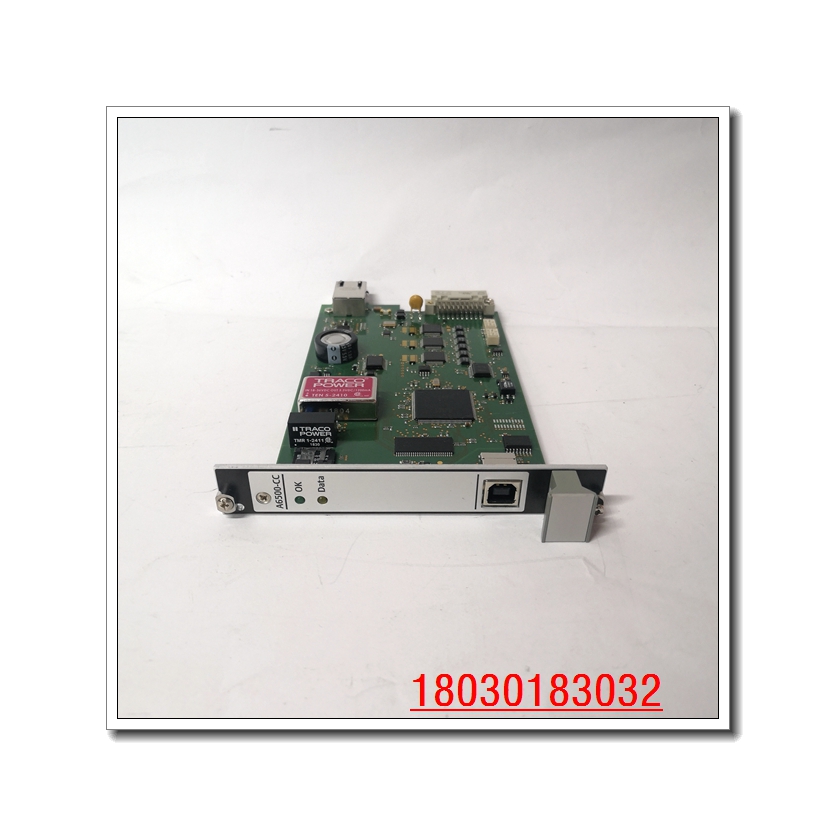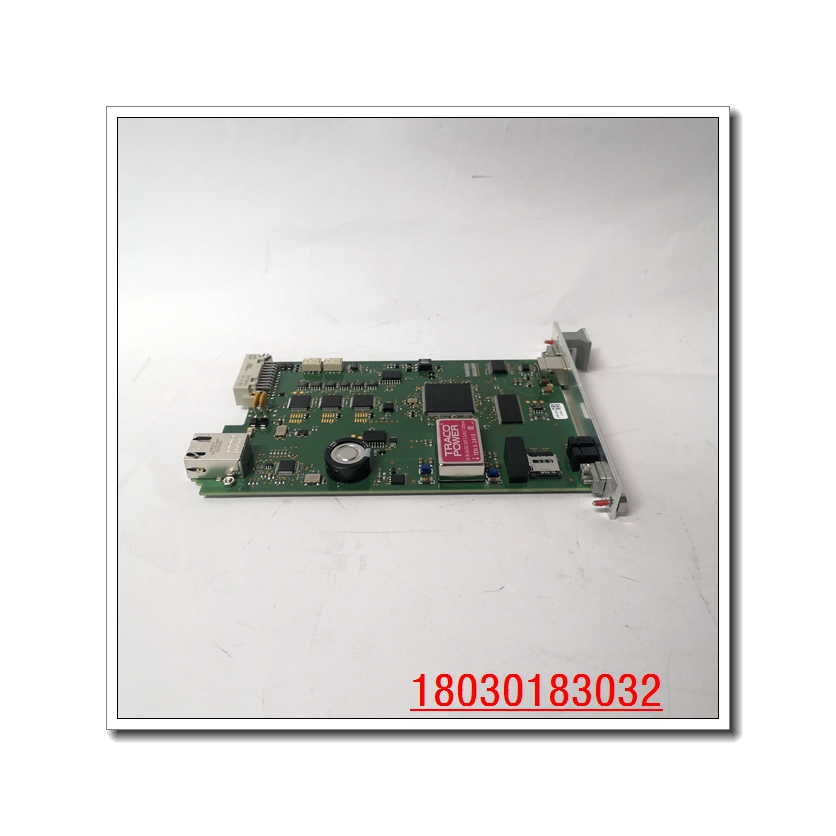EMERSON A6500-CC Emerson Analog input/Output module
Manufacturers are investing in new capacity across industries. Rapid growth in manufacturing has led to healthy growth in programmable logic controllers (PLCS) and all automation products and services. The global PLC market is expected to grow at a compound annual growth rate (CAGR) of 7.3% over the next five years. According to a new study by ARC Consulting Group, the PLC market exceeded $8.3 billion in 2006 and is expected to grow to nearly $12 billion in 2011. Automation capital investment is expected to remain strong in many industries over the next five-year period. “It is clear that in an increasingly competitive global manufacturing environment, manufacturers have come to rely heavily on automation technologies as they strive to optimize their operations to maximize productivity and profitability. As a result, the demand for PLCS will grow strongly, “said senior analyst Himanshu Shah, lead author of ARC’s” Global Outlook on Programmable Logic Controllers.
Global demand for automation
Demand conditions in the automation market remain strong, with investments continuing to increase in China, India, Latin America, Eastern Europe and the Middle East. Manufacturing companies continue to increase capital expenditure investments in automation equipment as they clearly recognize the role of automation and its contribution to profitability and success in a fierce global market. PLC applications span discrete, process and hybrid automation and are poised for continued steady growth across all manufacturing sectors. Acutely aware of the need for more automation and energy efficiency, manufacturing companies are increasingly using PLCS. Investments have been made in many industrial sectors to meet growing consumer demand, energy production and conservation, and infrastructure development needs. This environment is clearly a boon for PLC suppliers, as PLCS are widely used in the industrial and building automation industries. Meeting the challenges of the market requires some advanced strategic thinking. Global manufacturers are implementing strategies to address the challenges of a “flat world.” The need for rapid response and agility to opportunities in emerging markets, increasing pressure to improve financial performance, and globalization are driving manufacturers to use more automation, the ticket to becoming a player in this flat world. The market remains highly competitive among large and small suppliers that are conducting manufacturing activities around the world by setting up local support facilities. Small and large suppliers are constantly innovating and introducing new products to deliver a higher value proposition to Oems and end users.


